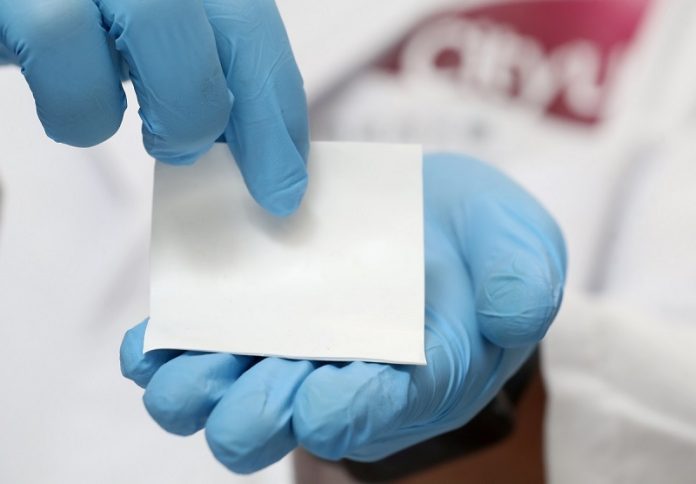
Wearable electronic devices that stick to our skin, like high-tech band-aids, have become the latest craze.
They can monitor our health, help us communicate wirelessly, and even transport us into virtual or augmented reality (VR/AR) worlds.
But just like your phone or laptop, they can get hot—too hot. That heat not only messes with the device’s performance but can also be uncomfortable or even harmful to your skin.
Now, scientists from the City University of Hong Kong (CityU) have found a solution to keep these devices cool and comfortable.
Lead researcher Dr. Yu Xinge and his team invented a thin, flexible layer of specially designed material that can effectively pull heat away from the device.
This “cooling layer” lowers the device’s temperature by more than 56°C. That’s a massive relief for your skin, and it helps the device work better too.
Electronic devices heat up because of the electricity flowing through their components and from environmental sources like sunlight or hot air.
To fight this, the scientists made their cooling layer out of tiny hollow balls of silicon dioxide and particles of titanium dioxide, and fluorescent pigments.
Silicon dioxide helps get rid of heat through infrared radiation, which is a fancy term for heat energy that travels away from the device into the air. The titanium dioxide and fluorescent pigments help reflect sunlight to prevent extra heat.
The cooling layer is super thin—less than a millimeter—making it easy to stick onto devices. Plus, it’s lightweight and flexible, so it won’t weigh your device down or stop it from bending and stretching as needed.
The team put their cooling layer to the test by sticking it onto a wire that heats up, just like in real electronics. They found that a thin coating could lower the wire’s temperature from a scorching 140.5°C to a cooler 84.2°C.
Dr. Yu points out that it’s crucial to keep a device’s temperature below 44°C to avoid skin burns. Fortunately, the new cooling layer can get a hot wire down to a safe 42.1°C.
The researchers are excited about their cooling layer because it not only makes devices safer but also improves their performance. For instance, they made a wearable light that glows more brightly and stays stable even when stretched a lot.
After winning a Gold Medal at the International Exhibition of Inventions in Geneva, the team is now looking to use their cooling technology in more wearable electronics, especially in healthcare, wireless communications, and VR/AR.
In a nutshell, this groundbreaking “cooling tech” could make wearable electronics more comfortable and efficient.
It’s a win-win situation for tech enthusiasts and gadget manufacturers alike.
The findings were published in the scientific journal Science Advances.
Follow us on Twitter for more articles about this topic.



